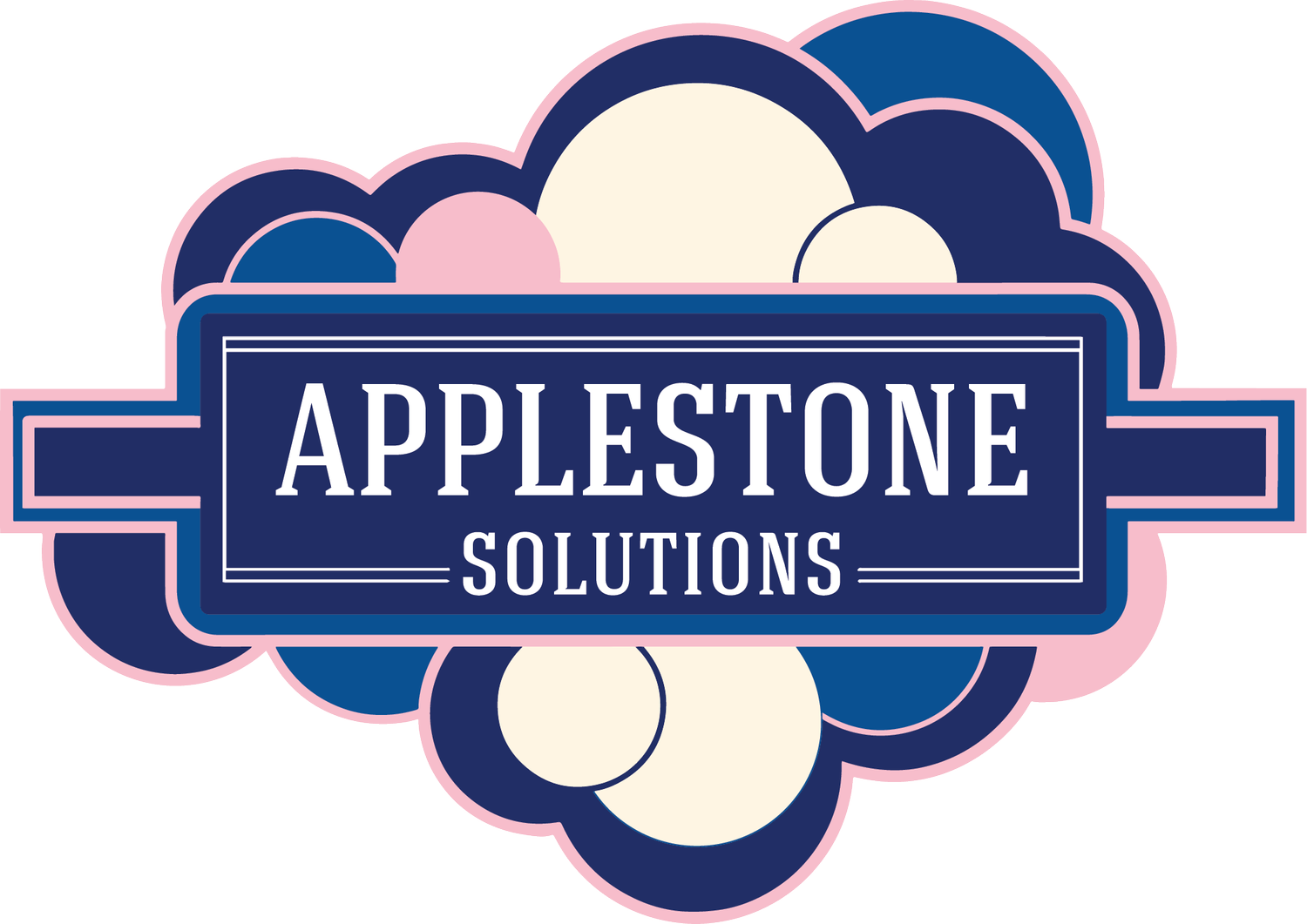Some Thoughts on Bone Broth
We pay attention to food trends and so we're well aware bone broth is hot – and has been for a while. Even if we hadn't read up on it, we’d know it based on the amount of bones we sell, especially in colder months – fall, winter, and spring. Only the real diehards are drinking broth in the heat. And apparently, there are a fair amount of diehards, too. We could take a cranky old butcher stance and tell you we were making bone broth long before the Paleo diet (re) became a thing. But we can’t really be cranky about this because stock or broth or whatever you want to call it is so damn delicious. (The difference between the two technically comes down to amounts of meat, ingredients, and intended use. Here’s a Food & Wine article on stock vs. broth. It’s all meat water to us!) Bone broth is also apparently nutritious, but that’s not what we have on the brain when we’re slurping it down. We just love the flavor, as well as its versatility. It can be used for soups, stews, and as a base for grains – or sipped as is.
To make stock, we like beef knuckle bones, fresh or frozen. You don’t want marrow bones for this. Trust us. “These have all of the collagen and give body to a stock. After you cook it and chill it, turn it upside down and it doesn’t come out of the pot. That’s the collagen,” says Josh Applestone. There are many great recipes to follow for making bone broth, including this one from The New York Times. But if you want a basic, unfussy road map, try this:
STEP ONE
Set your oven at 300 degrees, and roast your bones in there for an hour.
STEP TWO
Take them out of the oven. Put them in a pot. Cover them with water.
STEP THREE
Put the pot on the stove over a low, low flame for a good long while. (You can do this overnight or during the day if you don’t feel comfortable leaving your stove on while you sleep. Whatever works.) The critical thing is you want a slow roll, not a boil. First, bring it up to hot, then turn it down. For step three, you can toss some vegetables and herbs in the pot. Or not. You can really do anything you want. You could cut corners. You don’t have to defrost bones to use them. You don’t even have to roast the bones! Roasting is done mainly for color and some people feel it adds a complex layer to the resulting broth. There are certainly French methods for making clear (and tasty) broth that do not involve roasting bones. It’s your broth. Taking more steps will result in a richer one. But a light broth can be perfect for making bulgur or quinoa, or as a base for a vegetable soup. All of this said, if you have a chance to sample the amazing bone broths at Brodo in New York City, do it. We have bones for you for when you attempt to recreate what you tasted.
